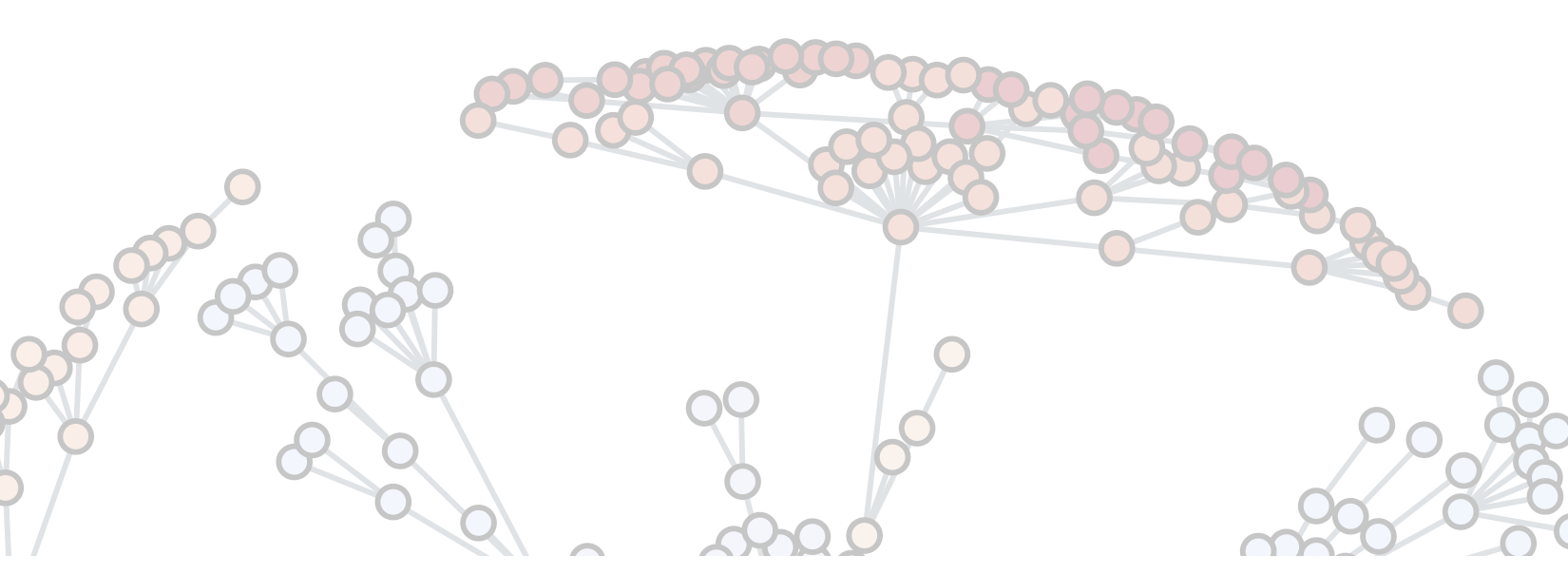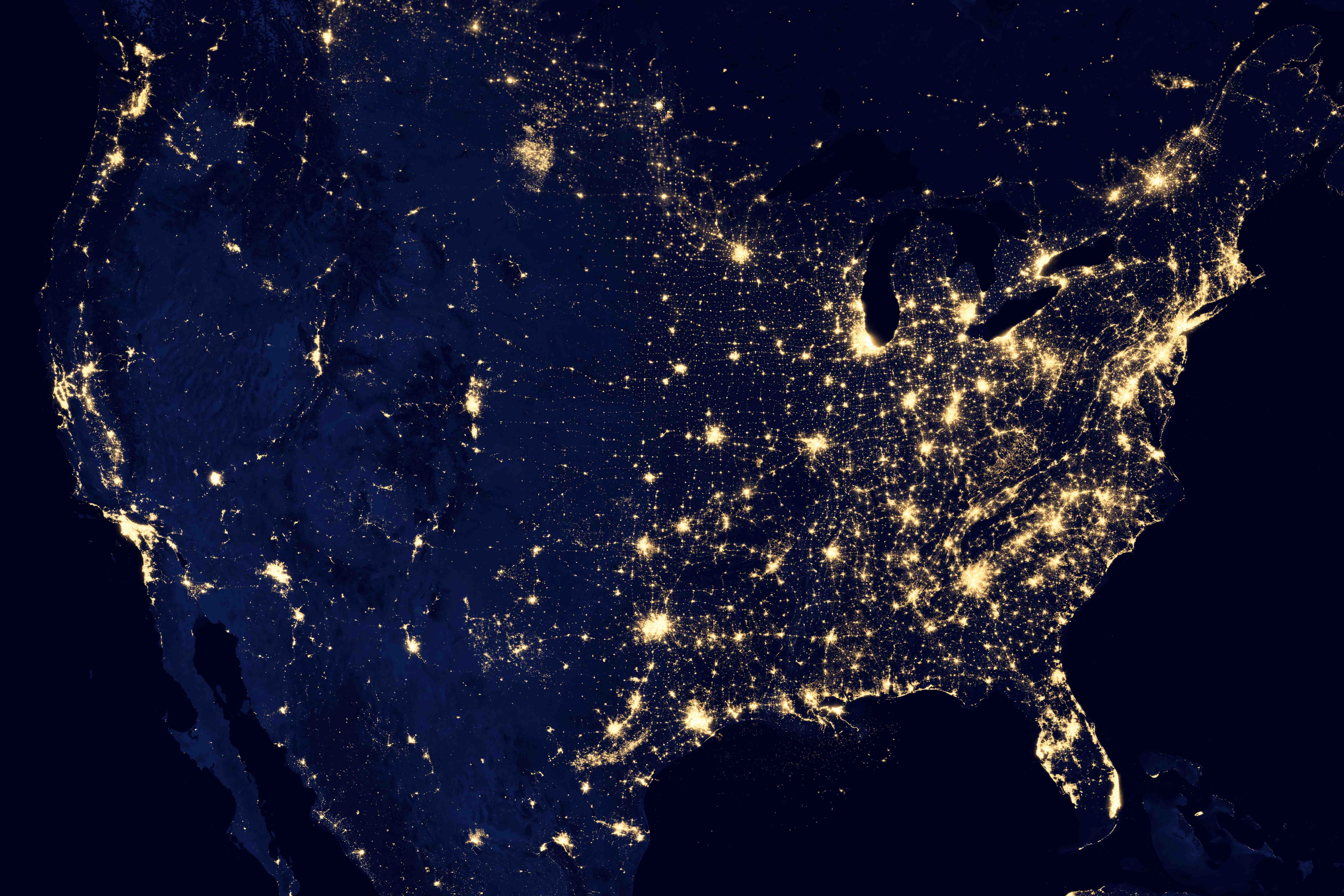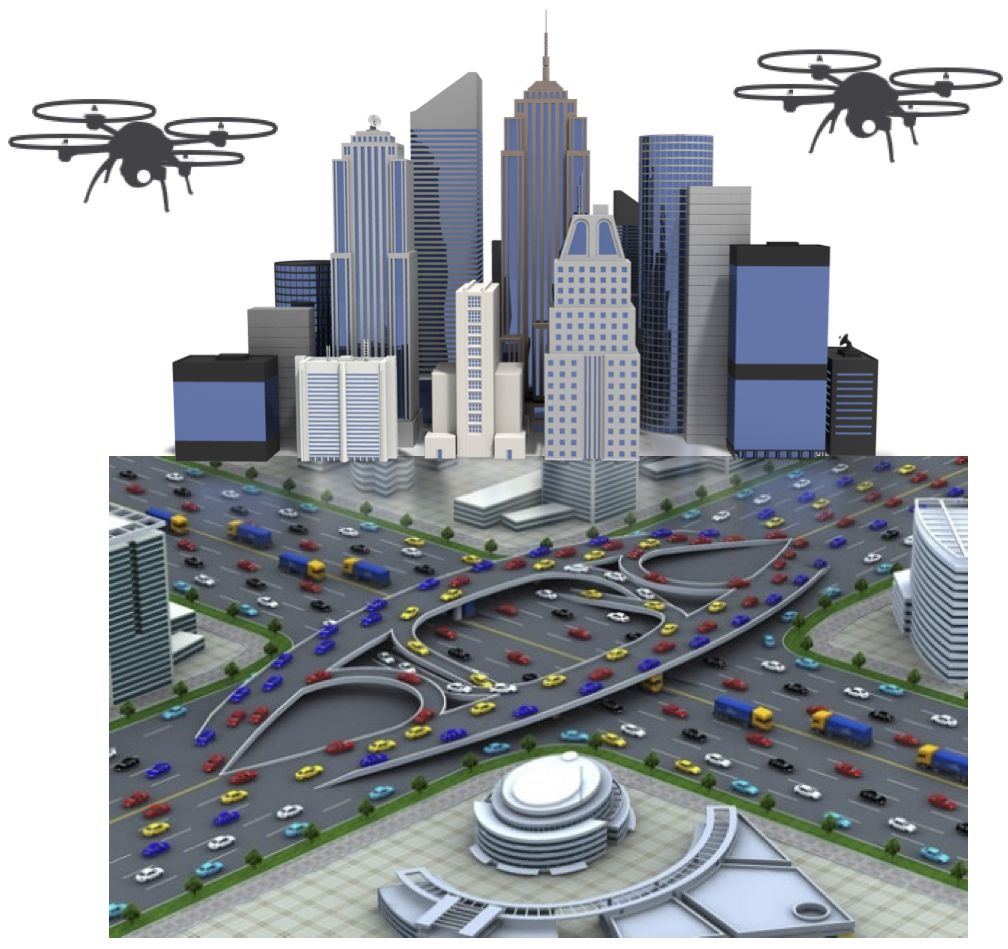research overview
control and optimization in dynamical networks
 |
Recent spectacular advances in computation and communication technologies present a tremendous potential to transform our understanding of and ability to control complex systems, ranging from technological networks such as power grids, multi-robot teams, traffic networks, and the Internet to social and biological networks such as the global economy, genetic regulatory networks, and the human brain. However, to realize this potential requires a fundamental shift in perspective. Nearly all of the major advances in control theory throughout the 20th century embraced a centralized information paradigm and were predicated on the idea of computation as a scarce resource. Today and in the future, society faces major challenges in understanding and controlling large-scale complex networks in which centralized information paradigms are often not appropriate. There is a profound need to explore how extensive modern computation and communication resources can be utilized to handle these challenges and to understand the consequences of marrying computer and communication networks with physical networks, creating so-called cyber-physical systems. Our research addresses this need by applying feedback control and optimization techniques to complex dynamical networks, emphasizing theoretical tools and computational methods and driven by applications in electric power networks and distributed robotics.
Our fundamental research goal is to contribute to a solid theoretical, methodological, and computational foundation for complex cyber-physical networks. This will require a blend of insights from many areas, including control, optimization, information and communication theory, statistics and machine learning, and computer science.
future power and energy networks
 |
source: NASA
Electric power networks are essential to almost all aspects of modern civilization. Recently, the rapid integration of renewable energy sources and market liberalization are complicating the reliable and efficient operation of power networks. One of the fundamental decision problems in this context is optimal power flow (OPF), in which power schedules are determined for controllable devices, such as generators, storage, and controllable loads, which minimize an operating cost function under various device and network constraints. Future power networks will require the coordination of thousands of devices and joint optimization of millions of variables and increasingly the explicit incorporation of information about uncertainties.
Our work in this area focuses on stochastic, robust, and convex relaxation variations on OPF and on sparsity exploitation and the use of distributed algorithms to scale computations to large networks. To incorporate intermittent renewable energy sources, it is widely agreed that appropriate use of probabilistic forecasts and strategies for responding to forecast errors are required to make operational decisions that intelligently manage risks in the network. We have employed stochastic and robust programming techniques that provide system operators with tools to achieve suitable tradeoffs between economic efficiency and system security in the face of high renewable penetration. We have also studied convex relaxations of the full nonlinear OPF problem that can allow simultaneous global optimization of real and reactive power injections. We are evaluating the effectiveness of these methods for solar PV and energy storage operation in distribution networks and combining sparsity exploitation techniques with distributed optimization methods to scale the computations to very large networks of up to 10,000 buses.
distributed robotics
 |
The recent advances in computation and communication are not only revolutionizing the capabilities of individual robots, but also making it possible to imagine teams of robots cooperatively and autonomously working with humans to accomplish tasks such as environmental sensing and monitoring, inspecting large infrastructure, delivering goods, improving efficiency in industrial automation processes, and driving safely in urban environments. Such distributed robotic networks further motivate and fit well into the framework of complex cyber-physical networks.
Our research in this area has centered on cooperative control of shape and orientation for autonomous vehicle formations. Each vehicle in the formation senses or receives via communication certain relative position and orientation information about a limited set of other vehicles in the formation. The objective is to design control laws for each vehicle using its limited set of relative position information so that the formation is able to acquire any prescribed geometric configuration. The main focus was on how the structural information architecture properties relate to the stability properties of the desired configuration under certain vehicle dynamics and control laws. We have experimentally implemented related formation control algorithms on a multi-robot testbed using miniature autonomous helicopters. Our focus has been on custom optimization-based controllers for individual vehicles and on distributed optimization algorithms for planning and coordination.
We are currently building a multi-robot testbed. Our research is now focusing on operating autonomous robot teams in unstructured, dynamic, and uncertain environments, with computation, sensing, and communication capabilities moving onboard. We are working on adapting some of the methods that we have developed to incorporate uncertain renewables in power systems for motion planning under uncertainty to operate autonomous mobile robots in complex environments. Our work can ultimately enable autonomous aircraft to integrate safely into national airspace and self-driving cars to integrate safely into urban transportation networks.